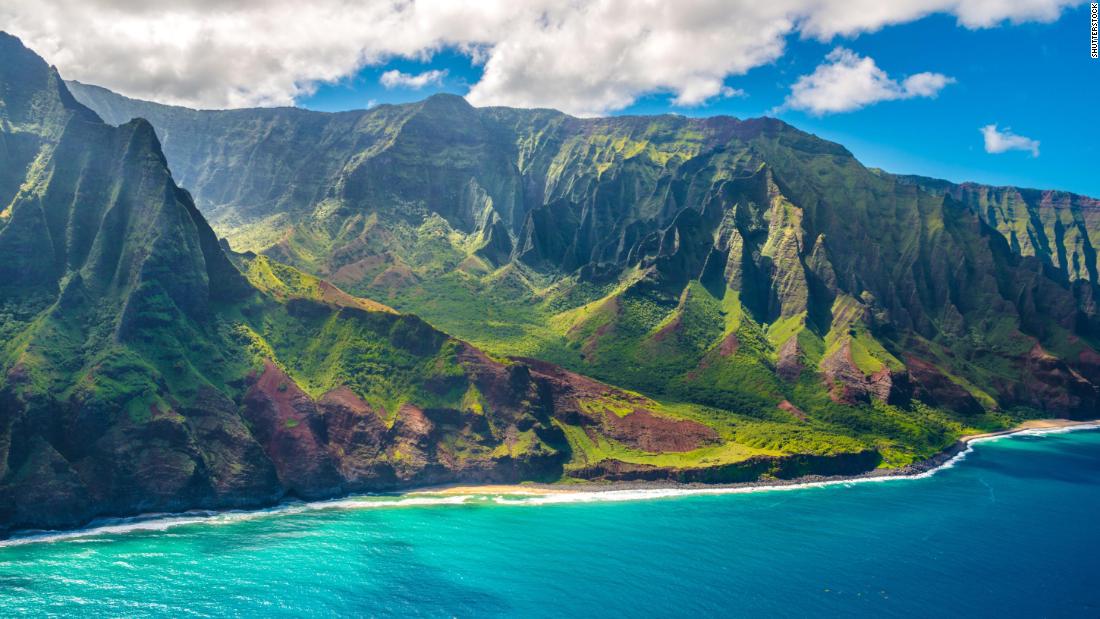
He advised, “Everyone should be vaccinated if traveling or at least get the pre-test. He believes that policies should actually be toughened, especially for returning residents who choose to quarantine instead of testing or getting vaccinated. “It’s highly likely that Safe Travels will be left in place throughout the rest of the year because it has effectively kept our travel-related cases down,” said Green. He said that approximately 22 percent of the new COVID-19 cases that arose in Hawaii this month have been related to out-of-state travel. The state’s Lieutenant Governor Josh Green, also an emergency room physician, shares the scientists’ concerns. The Department of Health’s last reported data shows that 59.6 percent of Hawaiians are fully vaccinated thus far. The fact that there’s been a sharp drop-off in the state’s vaccination rates in recent months isn’t helping the situation. “The seven-day average of new cases went vertical this week,” Brown said.

Case counts on the islands have spiked severely since the busy Fourth of July holiday, with Saturday having been the tenth consecutive day where new case counts reached triple digits. The epidemiologists consider the COVID-19 landscape in America now changed, due to the dominance of the virus’ highly transmissible Delta variant, which is being credited with causing the rising number of cases in Hawaii and on the U.S. All the rest (of the public safety policies) are just workarounds.”

The safest, most conservative policy would be 100 percent vaccinated-that’s not epidemiological, it’s common sense. “Right now, I don’t think that I’ve ever been so concerned. “We need to take every effort to crush this right here or we are just playing Russian roulette,” Miller said. Brown and Miller, no one who isn’t fully vaccinated would be allowed to board a plane bound for Hawaii, though that’s not a demand that states are allowed to make. In fact, were the decision left up to Drs. DeWolfe Miller, University of Hawaii emeritus professor and fellow in the American College of Epidemiology agrees.

The problem is, the more infectious the virus is, the higher the level of protection needed to reach so-called herd immunity.”ĭr. It was low enough, effectively, at that point. “It actually would have been a safe benchmark probably for the virus last year. Tim Brown, an infectious disease modeler and senior fellow at the East-West Center, according to the Honolulu Star Advertiser. “No, I don’t believe that’s a safe benchmark anymore,” said Dr. Hawaii’s Safe Travels Program Won’t Likely Be Lifted Anytime in 2021 | TravelPulse


 0 kommentar(er)
0 kommentar(er)
